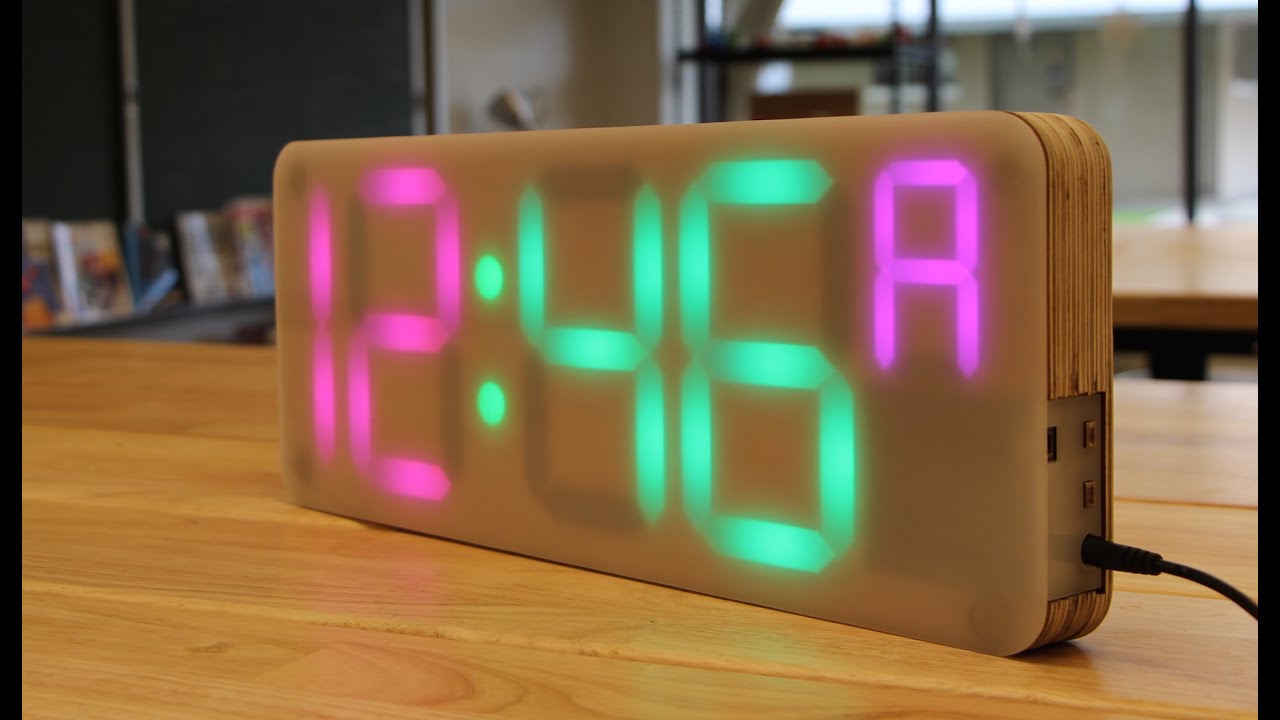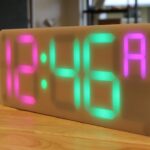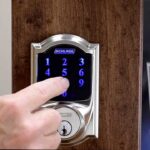
If you are having trouble reading your digital clock, here’s some information that can help you. You need to learn how to distinguish the hands and the numbers on the clock. To start, you should know that the hands indicate the hour while the numbers indicate the minute. You should also know the difference between an analog and digital clock.
Analog clocks
Learning how to read analog clocks can be challenging, but not impossible. There are simple techniques that you can use to help you overcome this issue. The biggest problem is a lack of awareness. Many people mistakenly assume that people who have dyscalculia are lazy. However, the truth is that a person with dyscalculia has the ability to learn how to read analog clocks. Although learning how to read an analog clock will take some time, it can help you to feel more confident in reading time.
When it comes to understanding analog clocks, you need to first understand the concept of time. Analogue clocks tell the time through the movement of their hands. The hour hand is the shortest of these two hands. It moves around by one number every 12 hours. The minute hand is kept pointing at the top. If you’re trying to tell the time of day, the minute hand will point at the right number, indicating the correct hour.
Learning how to read analog clocks also helps develop math skills. Counting by fives and fractions are essential when trying to read analog clocks. The Common Core math standards require teachers to start teaching math concepts at an early age. As a result, some schools have opted to remove analog clocks from their classrooms. However, analog clocks remain in use in many U.S. schools.
In addition to understanding how to read analogue clocks, students should know how to draw minute and hour hands. They should also know how to relate the analogue time to the digital time. For example, if you want to see what the time is at a friend’s house, you must check both of your clocks to make sure they are telling the correct time. The second large range of time on the dial is the most confusing for people. For example, they often confuse counting minutes on an analog clock with counting minutes past the hour.
To help children understand how to read analog clocks, start by teaching them the names of the hands on the clock. A good way to teach them this is to play group games. For example, you can try to arrange your toys on a clockwise path. This way, they will remember which order the pieces should go in order to get to the right spot.
Blue light
If you’re having trouble reading a digital clock, you may need to switch the colour of the numbers on your clock from red to blue. Blue lights can make it difficult to read small numbers, while red ones can make it easier to read larger numbers. Small red LED numbers are much easier to see than large blue ones. These days, most modern clocks have red numbers and blue ones. If you’re unsure of which type of light is more effective, check the manual that came with the clock.
Numbers
A digital clock is a clock that displays time. It shows the time in minutes and hours. The first number on a digital clock is the hour and the next two numbers are the minutes. So, if you are looking for the time at 8 p. m., you would see a number that says.00, which means zero minutes after 8 p.m.
The first step in learning how to read a digital clock is to identify what the numbers on the left side of the clock represent. The left side of a clock usually shows the hour, while the right side shows the minutes. Some clocks also have a marking for military time. It is also helpful to understand that there are 60 seconds in a minute.
Digital clocks are easy to understand. A video will explain the different ways to read the time, highlighting each number as it is read. Then, you can practice by reading a digital clock with the numbers highlighted. There are many tutorials on the Internet that can help you learn how to read a digital clock.
The hour hand on a digital clock usually points to the number six while the minute hand points to the number twelve. Learning to read a digital clock is a simple process that will take less time than reading a traditional one. You’ll be surprised how easy it is once you get the hang of it.
Another important step in learning to read a digital clock is to understand the way that the hands work. The second hand moves continuously, while the hour hand moves at a moderate speed. Each movement of the second hand equals one second. The minute hand is faster and moves every hour. The hour hand is usually placed on the right hand.
Hands
Learning how to read digital clock hands is important if you want to make the most of your timepiece. Whether you’re using a smartphone or a traditional clock, you’ll need to be able to tell the time to the half-hour. This includes drawing the hour and minute hands correctly. Using an example, let’s say Betsy the Beaver is leaving for a friend’s house and needs to know what time it is. Before leaving, she checks her clocks to make sure they’re showing the right time. For instance, if the time is 5 hours and 20 minutes, she leaves for her friend’s house. The hour hand points between two numbers, while the minute hand points between them.
The minute hand is much harder to understand. It has five digits, with four ticks in between the big numbers. The number on the left hand is the hour, while the number on the right hand is the minute. A minute hand can be difficult to read, but you can learn how to read it with a little practice.
The minute hand is the smallest division after the hour hand. It shows how much time has passed since the last minute. The minute hand will move at a fast pace. One minute takes five seconds, so if the minute hand is at the number four, it’s been twenty-five seconds since the previous minute.
Similarly, the hour hand on an analogue clock indicates the time. The hour hand will point to the hour while the minute hand will point to the next hour. The minute hand will move from one number to another, and the clock will tell the exact time by counting the tick marks. It’s easy to tell the correct time this way. The minute hand will also be used to indicate the time in certain situations.
In a digital clock, the minute hand is made up of two hands. The minute hand makes one full rotation around the dial every hour. The hour hand will follow the minute hand, but it will be shorter than the second hand. The second hand is thinner and moves around the dial only once every hour. The second hand represents the seconds of the minute.




